World Osteoporosis Day Feature: The Basics & Bone Health
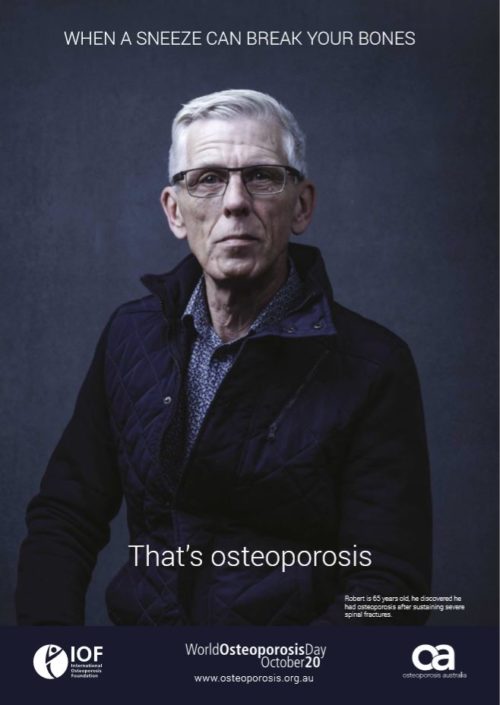
In a few days Kalinga Health will be joining the International Osteoporosis Foundation and the rest of the world in observing World Osteoporosis Day, a global event held annually on 20 October that kicks off an awareness campaign on the bone disease.
This year, the events will be themed around how the disease affects men, in an effort to encourage Australian men to prioritise bone health. That being said, osteoporosis can affect anyone –seniors are particularly at risk of developing the disease. So, we at Kalinga Health think there’s no better time than now to share some things everyone should know about osteoporosis.
What is Osteoporosis?
Osteoporosis is a disease where bones become brittle. This means that people who have osteoporosis are more at risk for fractures than people who don’t suffer from the condition. This usually happens when the body is unable to replace the minerals in the bones as quickly as it should, causing a decline in bone mass.
What does it mean to have osteoporosis?
If you have osteoporosis, your bones may get injured more easily as they become thinner and less dense. That means that even a minor fall can lead to bones breaking. It should be noted that you can’t usually feel osteoporosis unless your bones are actually fractured. Experts also mention the “fracture cascade” where the likelihood of getting your bones fractured increases with each new fracture unless your osteoporosis is treated properly.
How do I prevent osteoporosis and keep bones healthy?
- Set a regular exercise schedule, focusing on weight-bearing and muscle-strengthening.
- Maintain a well-balanced diet that includes bone-healthy foods
- Avoid smoking and excessive alcohol consumption
- Check your family history – while it’s not a guarantee that you’ll have it, osteoporosis may run in families
- Consult your doctor – some medications for other conditions can increase the risk of bone loss
- Take the International Osteoporosis Foundation’s One-Minute Osteoporosis Risk test here.
What are some bone-healthy foods?
- Calcium- and Vitamin D-rich foods – These are dairy products, leafy greens, fortified milks or soymilk, mackerel, salmon, and tuna.
- Magnesium- rich foods – Spinach, okra, tomatoes, potatoes, collard greens
- Food with omega-3 – flaxseed oil and fish oil
How to take care of osteoporosis
If you or someone you’re caring for has osteoporosis, aside from the above tips. there are a few things you can do to help prevent further injuries and promote better bone health.
- Get a bone density test – This is the first thing you should do, if you suspect that you may be at risk for osteoporosis. This test will let you know if your bones are strong or fragile.
- Make home improvements to help prevent the risk of bumps or falls such as:
- Add grab bars and non-slip mats to the bathroom
- Fix lighting in hallways and stairs
- Make sure flooring is even
- Use implements like grabbing and reaching tools so the patient doesn’t have to climb or bend as much as possible
- Provide walkers and canes to give additional support for elderly patients
- Follow through with doctor’s orders – There will be a number of changes to an osteoporosis patient’s lifestyle, including additional medication and exercise regimens, as well as close monitoring of bone health. Make sure that you or your patient adheres to these closely.
We hope our article inspires you to take better care of your bones! If you or a loved one have osteoporosis and think you’ll need some proper, in-home care to help you manage your condition, give us a call at Kalinga Health!
To learn more about World Osteoporosis Day, please visit World Osteoporosis Day.org or check out Osteoporosis Australia for more information and resources based in the country.




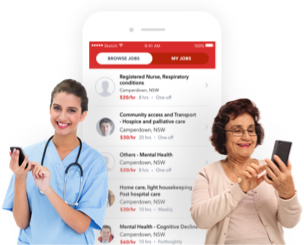
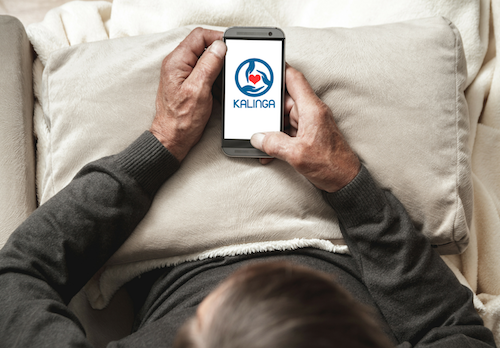 Kalinga Health App now available on Apple’s App Store
Kalinga Health App now available on Apple’s App Store
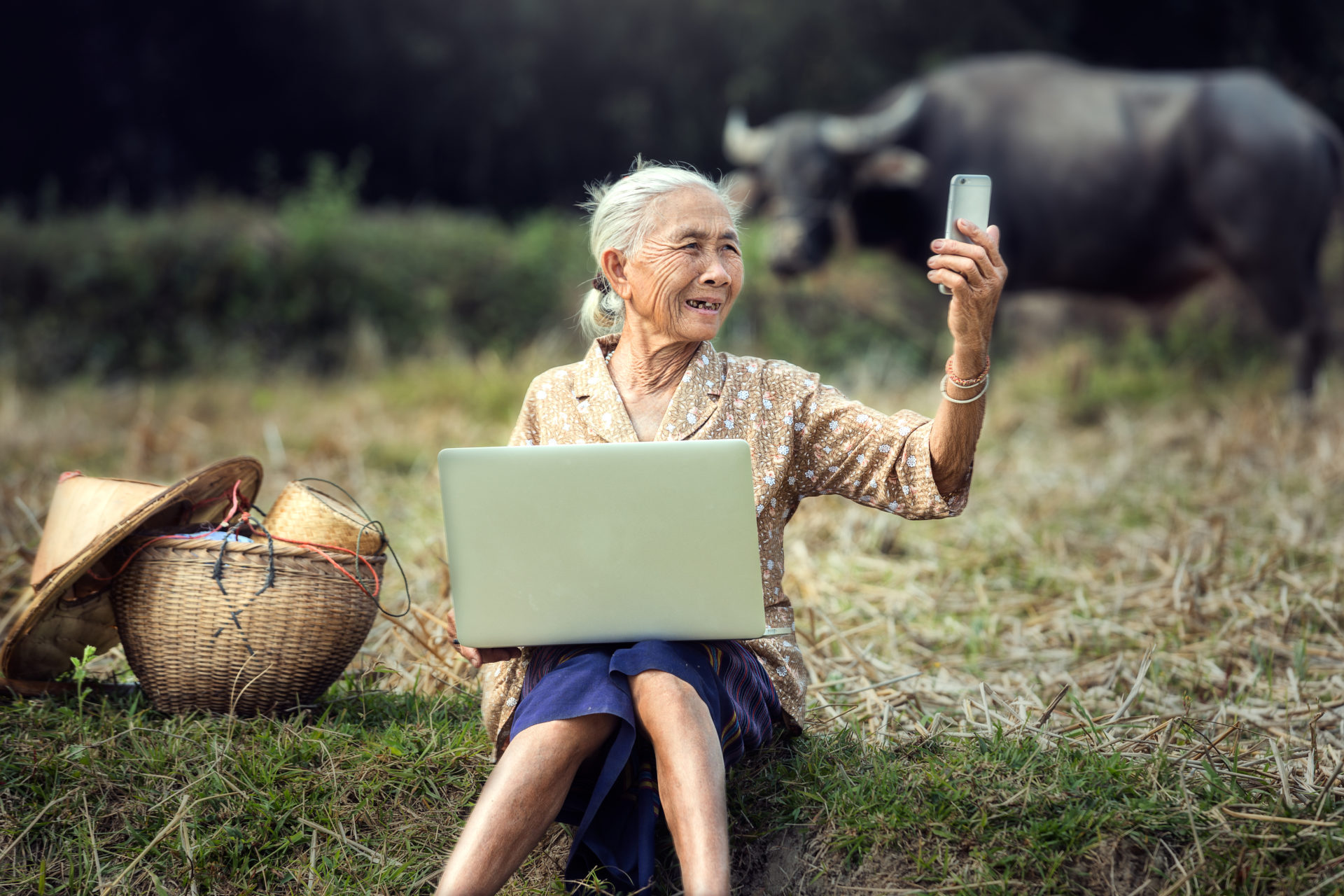 Kalinga Health Launches Web App to Connect More Patients to Home Health Care Experts
Kalinga Health Launches Web App to Connect More Patients to Home Health Care Experts
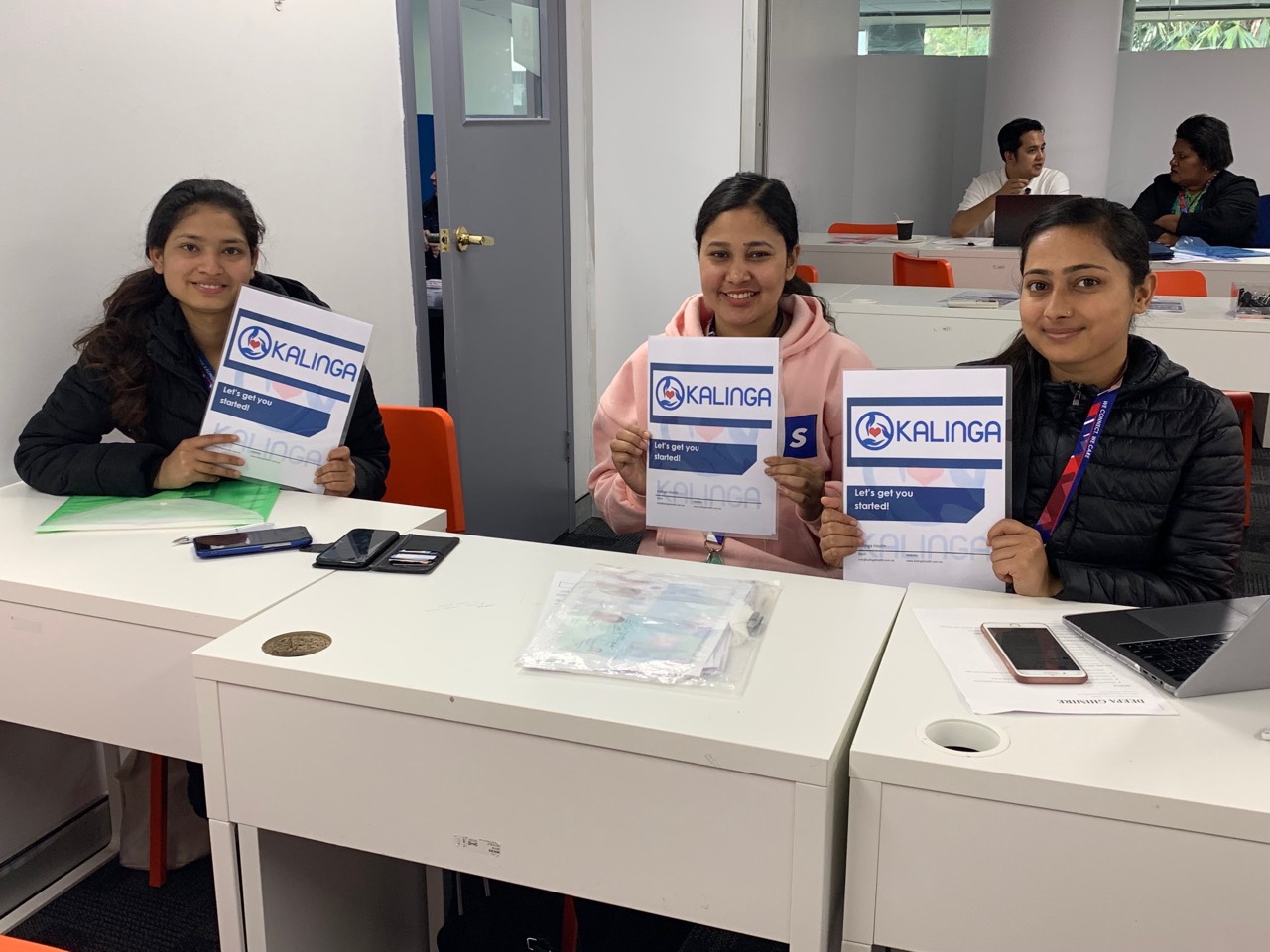 Kalinga Health Information and Sign Up Day at Burwood, NSW
Kalinga Health Information and Sign Up Day at Burwood, NSW